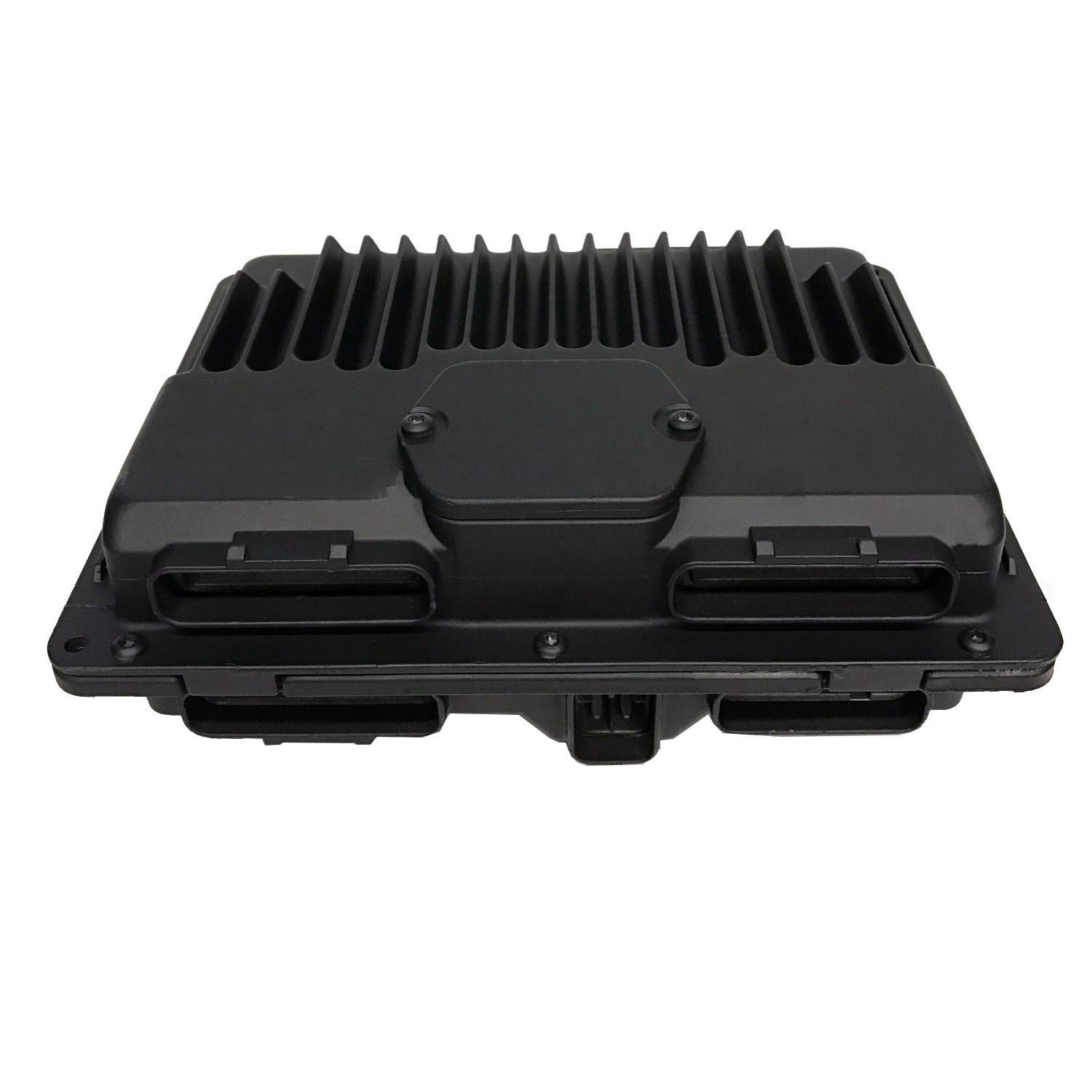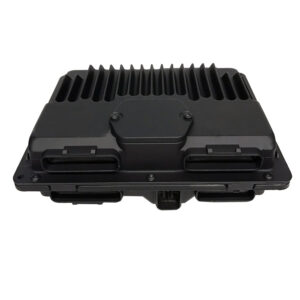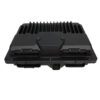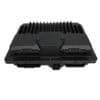Restore Your Van’s Performance and Reliability
Is your Chevrolet Express or GMC Savana van running rough, stalling unexpectedly, or showing a persistent check engine light? These are classic signs of a failing Powertrain Control Module (PCM), the central computer of your vehicle. As a technician with over two decades of experience, I’ve seen firsthand how a faulty PCM can cause a cascade of frustrating issues, from poor fuel mileage to failed emissions tests. This isn’t just an inconvenience; it’s a reliability issue that can leave you stranded. Don’t let a bad module dictate your workday. This replacement 1999-2002 Express 2500 PCM is your direct-fit, reliable solution.
We take the guesswork and high costs out of the repair. Unlike a generic part from a big box store, each module we ship is professionally programmed with the latest GM software updates specifically for your vehicle. All we need is your VIN. This critical step ensures that your engine and transmission operate exactly as the manufacturer intended, restoring lost power, optimizing fuel delivery, and ensuring smooth shifting. It’s a dealer-level service without the dealer’s price tag or wait times.
A Technician’s Notebook: The Intermittent No-Start
A local contractor brought in his 2001 Savana 2500 work van. The complaint was an intermittent no-start and random stalling, but never with a check engine light. He’d already replaced the battery and fuel pump with no luck. In my bay, it started every time. After letting it idle for 45 minutes to build up heat in the engine compartment, the engine suddenly died. A quick check showed no spark and no fuel injector pulse. Tapping on the PCM case with a screwdriver handle made the fuel pump relay click, and the van restarted. This is a tell-tale sign of internal solder joint failure on the PCM circuit board, a common problem caused by years of heat cycles and vibration. We replaced it with a VIN-programmed module like this one, and the van has been a reliable workhorse ever since.
Is Your Vehicle Showing These Symptoms?
A failing PCM can manifest in many ways. If you’re experiencing any of the following, a new module is likely the solution you need:
- ✔ Persistent Check Engine Light (CEL)
- ✔ Stalling, stumbling, or rough idling
- ✔ No-start or difficult starting conditions
- ✔ Poor fuel economy
- ✔ Harsh or erratic automatic transmission shifting
- ✔ Failure to pass state emissions testing
- ✔ Diagnostic Trouble Codes (DTCs) stored, such as P0601, P0605, or P0606 (Internal Control Module Errors)
A Straightforward Guide to Installation
Installing your new 1999-2002 Express 2500 PCM is a job most DIYers can handle in under an hour with basic hand tools. Since we program it beforehand, you won’t need a trip to the dealership.
- Safety First: Always disconnect the negative terminal from your vehicle’s battery before starting any electrical work.
- Locate the PCM: On Express/Savana vans, the PCM is typically located in the engine compartment, on the left-hand (driver’s) side, often near the rear. On pickups and SUVs, it may be on the firewall or near the battery.
- Disconnect the Connectors: Carefully unlatch and remove the electrical wiring harness connectors from the old module. Inspect them for any corrosion or damage.
- Remove the Old Module: Unbolt the old PCM from its mounting bracket and remove it from the vehicle.
- Install the New Module: Mount your new, pre-programmed PCM onto the bracket and securely re-fasten the bolts.
- Reconnect Everything: Firmly plug the wiring harnesses into the new module until they click into place. Reconnect the negative battery terminal.
- Perform Security Relearn (If Needed): In some cases, you may need to perform a simple key-cycle security relearn procedure. Turn the key to the ‘ON’ position for 10-15 minutes, then ‘OFF’ for 10 seconds, and repeat two more times. Then, the vehicle should start.
Verified Vehicle Compatibility
This module, corresponding to part numbers 16263494, 16265035, 8162634940, and 218-11787, is a guaranteed fit for a wide range of GM trucks and vans. Please verify your vehicle is on this list. Providing your VIN during checkout ensures we send the correctly programmed unit for your specific application.
GMC SAVANA 1500/2500/3500 VAN (1999-2002)
CHEVROLET SILVERADO & GMC SIERRA 1500/2500/3500 PICKUP (1999-2000)
CHEVROLET TAHOE & GMC YUKON (1999-2000)
CADILLAC ESCALADE (1999-2000)
CHEVROLET ASTRO & GMC SAFARI (1999-2001)
CHEVROLET S10 & GMC SONOMA (1998-2000)
CHEVROLET BLAZER & GMC JIMMY (1998-2000)
OLDSMOBILE BRAVADA (1998-2000)
ISUZU HOMBRE (1998-2000)
Note: Specific years and models may require matching the ID number 16263494. Please check your original part or contact us with your VIN.
Frequently Asked Questions
Why do you need my VIN?
Why do you need my VIN?
Your Vehicle Identification Number (VIN) allows us to access the correct factory calibration file from GM. We program the module with this specific software, ensuring it communicates perfectly with your engine, transmission, and other systems. This step is critical for proper vehicle operation.
Is this a plug-and-play part?
Why do you need my VIN?
Your Vehicle Identification Number (VIN) allows us to access the correct factory calibration file from GM. We program the module with this specific software, ensuring it communicates perfectly with your engine, transmission, and other systems. This step is critical for proper vehicle operation.
Will this fix my transmission shifting problems?
Why do you need my VIN?
Your Vehicle Identification Number (VIN) allows us to access the correct factory calibration file from GM. We program the module with this specific software, ensuring it communicates perfectly with your engine, transmission, and other systems. This step is critical for proper vehicle operation.
What if my original part number is slightly different?
Why do you need my VIN?
Your Vehicle Identification Number (VIN) allows us to access the correct factory calibration file from GM. We program the module with this specific software, ensuring it communicates perfectly with your engine, transmission, and other systems. This step is critical for proper vehicle operation.



